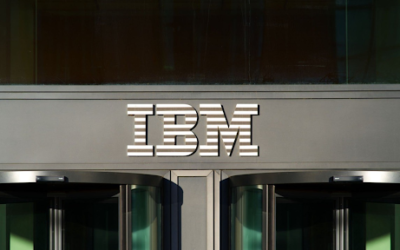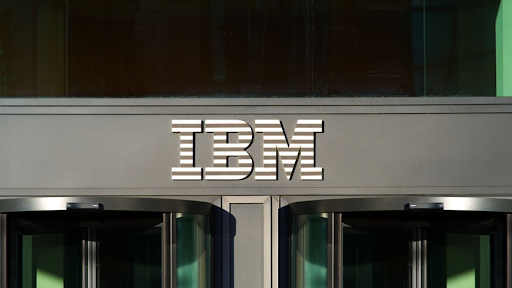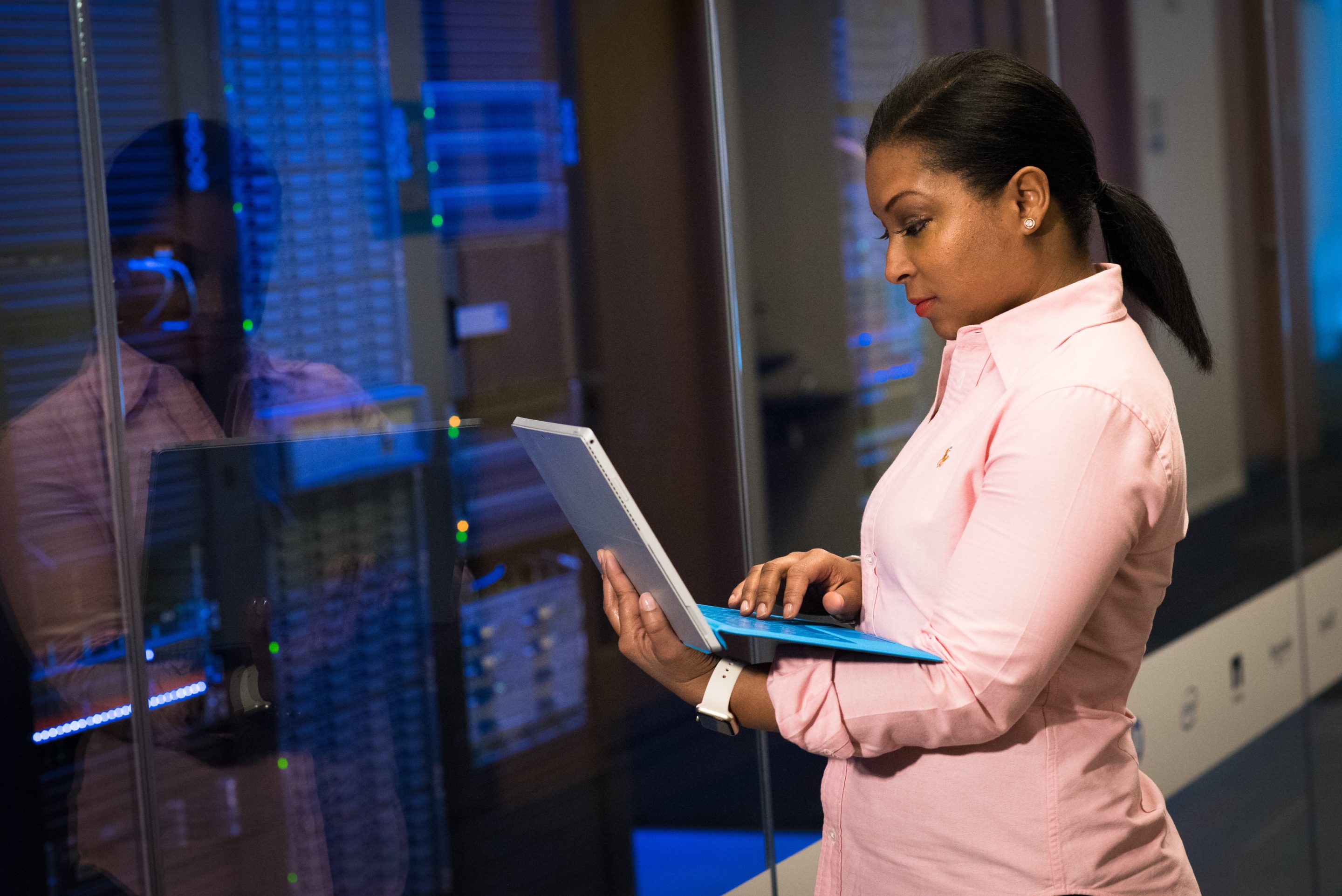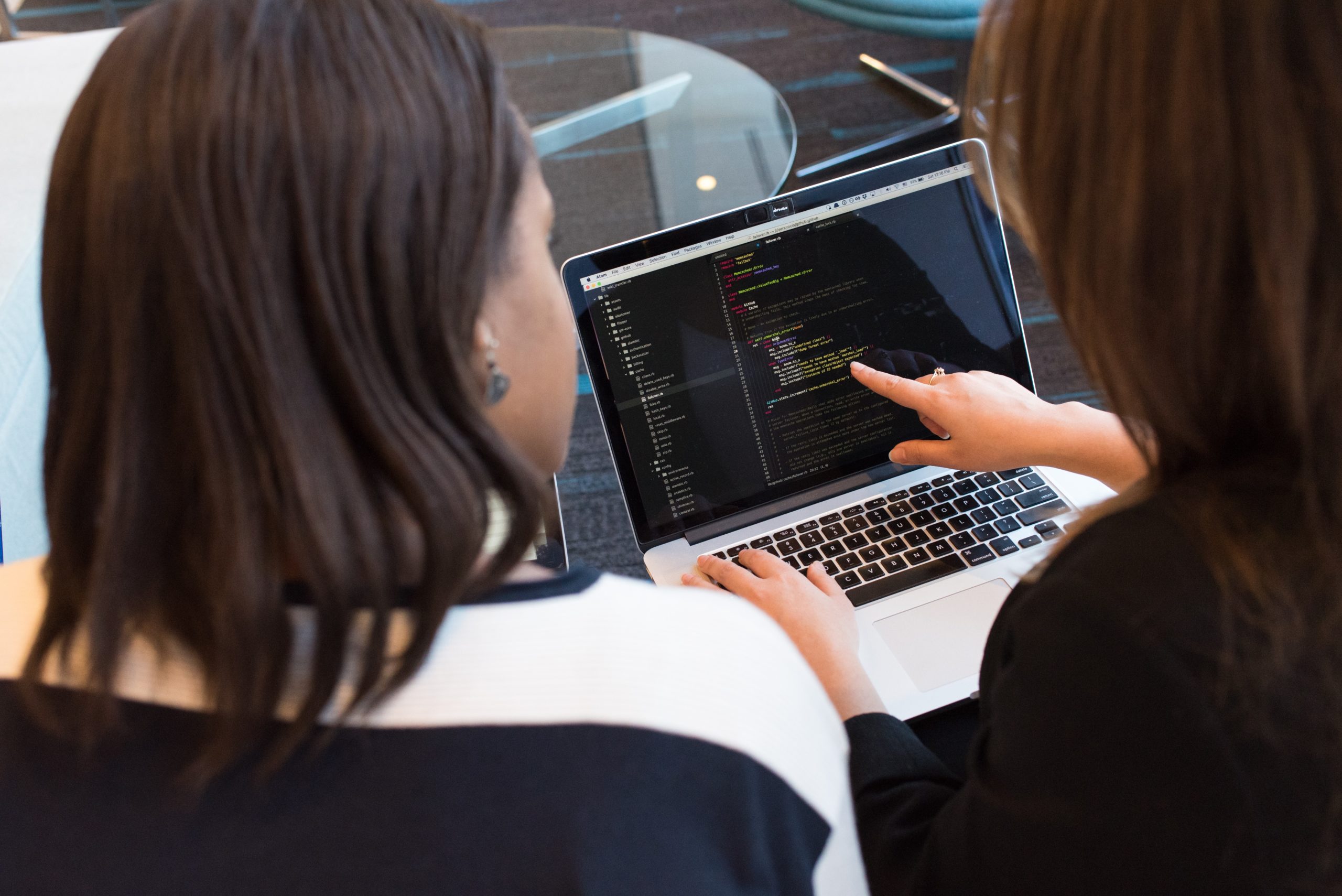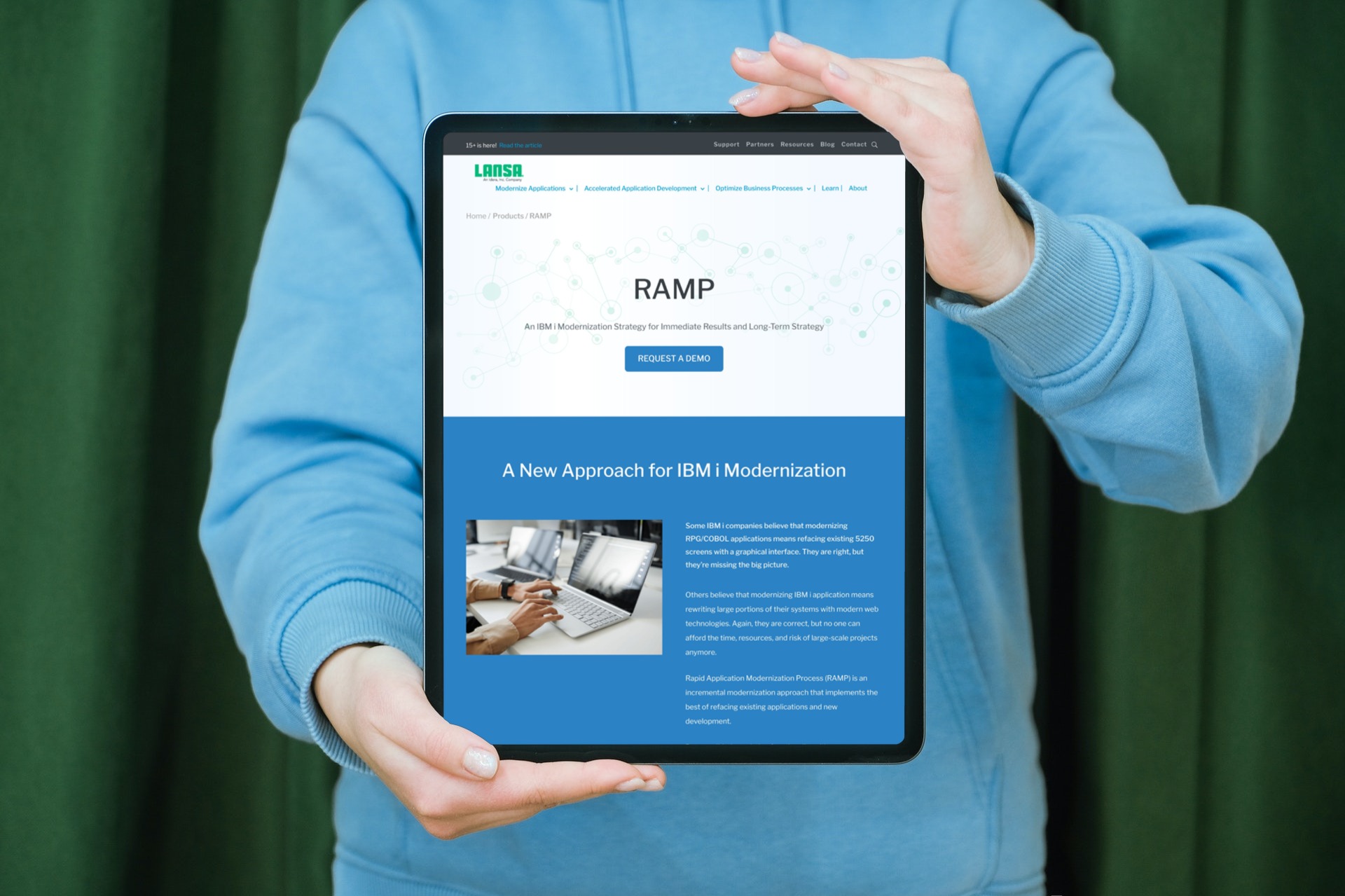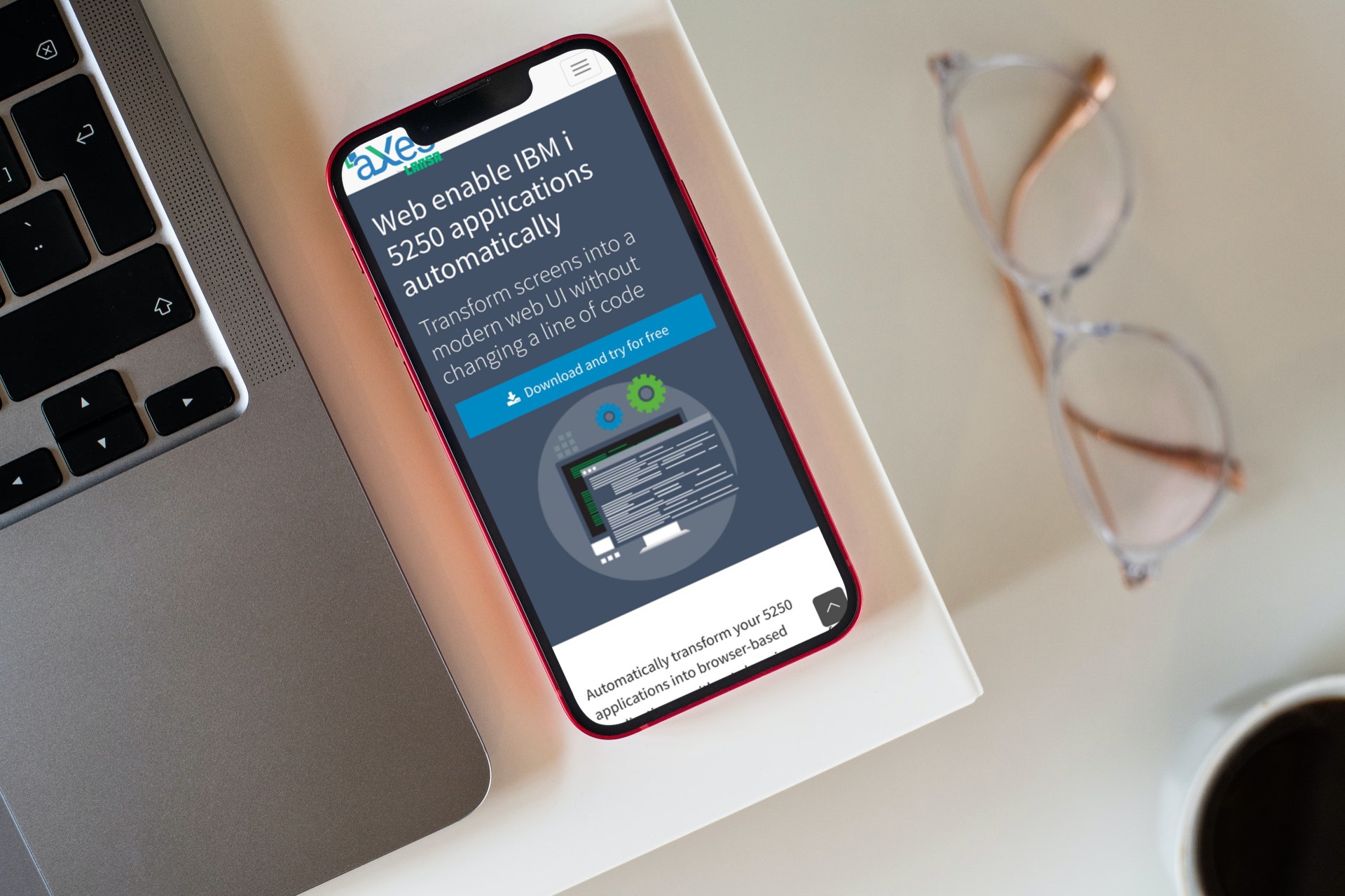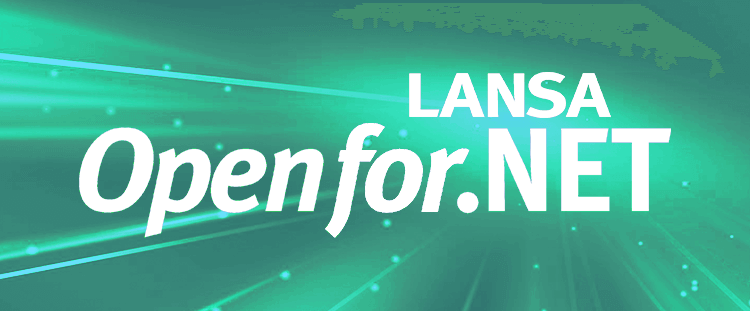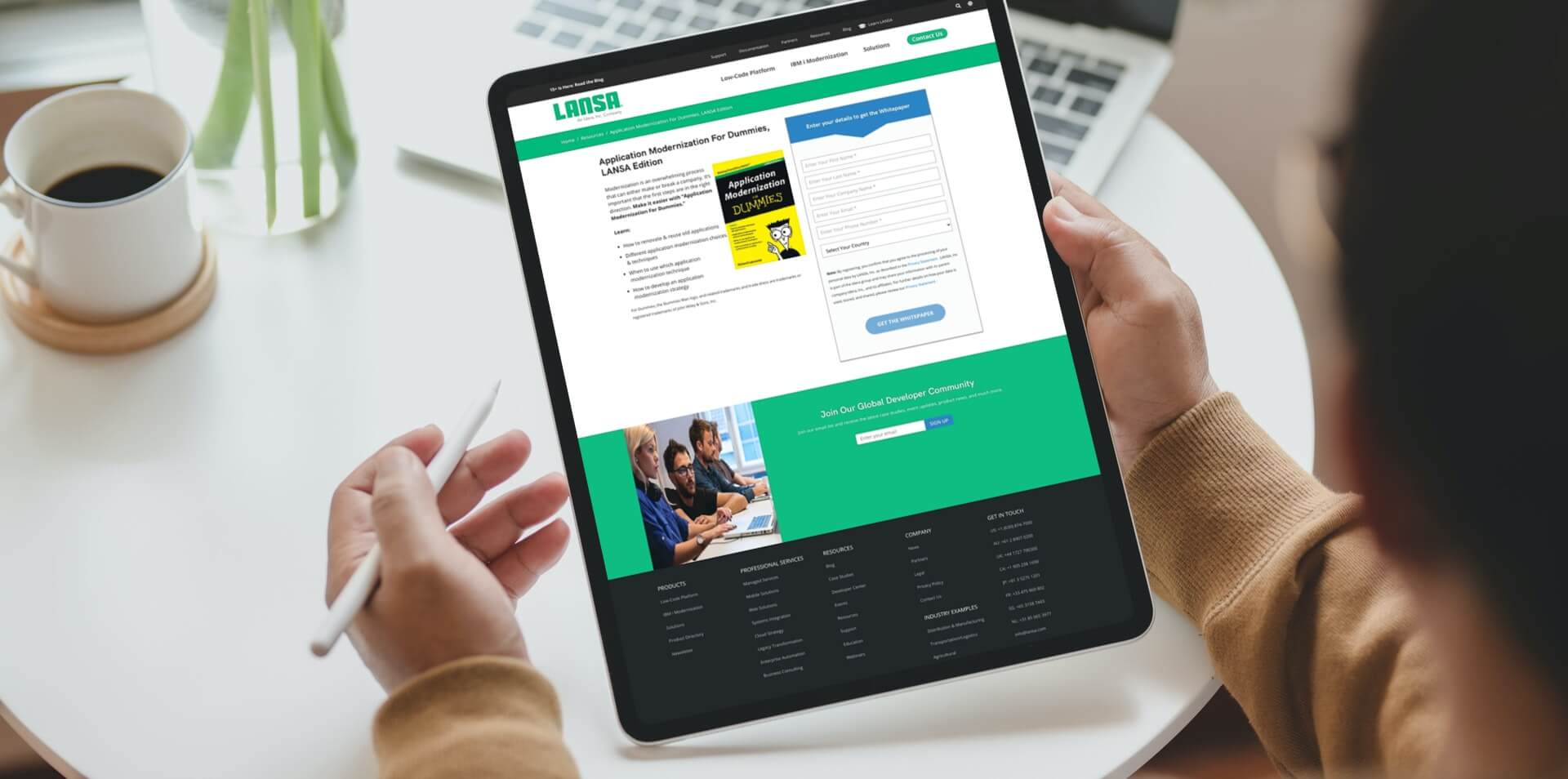Before the pandemic, businesses sought ways to innovate and become more agile without increasing costs as an advantage over competitors. But today, innovation and agility are no longer just advantages. Since COVID-19 changed the market they are now prerequisites for survival. Unfortunately, many organizations in the “new economy” cannot afford large-scale restructuring projects. Because of this, they are looking to minimize their risks and reduce their costs by modernizing existing applications.
Application modernization is not a particularly straightforward proposition. Depending on your needs, it can mean converting RPG to free form, updating databases to SQL, refacing 5250 screens for the Web, or refactoring or re-hosting. The fact that modernization can mean so many different things can make it complicated. In addition, these different approaches, although they’re all under the same “modernization umbrella,” have little or nothing in common.
While it can be overwhelming, application modernization is not as difficult as it seems. In this article, we’ll show you how easy it can get. But before that, let’s look at some factors that might make it seem complicated.
Why Does It Seem Difficult To Modernize?
Too Expensive
One of the major reasons why application modernization might seem out of reach for many is the “too-costly” myth. Because Modernization can mean different things for different organizations, it is difficult to estimate an overall cost. However, an effective modernization strategy starts with analyzing existing systems and identifying modernization opportunities. This way, you can ensure a financially viable process.
More importantly, the actual cost of every project should be judged by its Return On Investment (ROI). When it comes to modernizing, metrics like time to value and total cost of ownership are what matters. Simply put, modernizing will slash both.
Takes Too Long
Many people think that modernization takes too long. It is, however, a matter of perspective. No modernization initiative is a one-time project. Modernization involves continuous improvements. While each modernization initiative requires a different approach and involves different degrees of complexity, you don’t need to wait decades to see results. With an incremental approach and easy-to-use yet, powerful modernization tools like LANSA offers, you can see results in days.
Technical Debt
Technical debt is not a purely monetary term. It refers to the consequences developers face from taking shortcuts to deliver benefits. Technical debt often stems from a demand for IT to deliver solutions quickly. As a result, they may opt for expediency rather than quality. Technical debt can build up to a point where it hinders the addition of new features. Since most legacy systems are monolithic, each part depends on the other. An attempt to rectify one problem can cause others.
How Can You Simplify Your Application Modernization?
Taking a holistic approach to improving the architecture, infrastructure, and delivery of your existing legacy platforms addresses these concerns. You can achieve this in two steps.
Build a working modernization strategy that enables simplicity, productivity, and scale
You can approach this by first assessing your existing systems and identifying areas where modernization is needed. After that, you create an incremental plan based on the opportunities you identify. An incremental modernization plan allows critical business operations to continue running. You record quick wins even as your modernization project continues.
Explore more information about the IBM AS 400 system and how
it can help your organization’s core applications and ERP systems.
Choose the right partner
Modernization is not as difficult as you first thought. Success, however, requires the right vision and the right partners. The best partner for true modernization is one with a high-level vision that understands your business, as well as your short and long-term goals. Your partner must take a holistic approach to software and process and have a proven track record of delivering tailored strategies. Be sure to have your partner connect you with previous customers with similar needs and provide you with a working proof of concept as part of your evaluation. Your ideal partner will base its success on the success of your modernization project.
Learn more about application modernization in this IBM CFO article.
How Can LANSA Help You Modernize With Ease?
LANSA Deploys to IBM i, Windows, and Linux servers
Changing server platforms or databases can make modernization seem more complex. With LANSA’s multiple deployments and migration capabilities, you are immune to platform, database, or interface lock-in. Moreover, you have complete control over where and how your applications run.
LANSA has been enabling 5250 applications for years. Its powerful terminal emulator – aXes – allows you to convert IBM i applications to the web with a simple install. It doesn’t require programming skills, and you don’t need access to the source code. You simply install aXes on IBM i, and your employees have secure access to their 5250 applications from any web-enabled device, including phones and tablets. What’s more, your end-users do not need to install anything on their devices. The work is all done on the IBM i. aXes is a simple yet powerful solution that facilitates IBM i modernization.
Other aXes features include but are not limited to:
Spool File Management
This solution allows you to manage IBM I (System I, iSeries, or AS/400) spool files and output queues in a web browser. You can also view, print, download, and delete reports from a computer or tablet device using a browser.
In addition, aXes provides full control of output queues and spool files with all the functionality of the IBM queue and spool commands, including commands like hold and release.
Query DB2 Databases
Retrieving information is one of the most common DB2 tasks. aXes offers a modern and powerful solution to modernize this process. The aXes DB2 query tool provides a unique solution for building and running queries against IBM i (System i, iSeries, or AS/400) DB2 databases from a browser. You can query DB2 tables, print the query results, and/or copy the results into applications like Microsoft Excel.
With this tool, you can create distributed SQL database queries for DB2 databases and any ODBC/JDBC accessible data sources.
What’s more, building queries with aXes requires no knowledge of or experience with SQL. You can build a query via point-and-click by displaying a list of tables, choosing columns, and adding selection filters. aXes generates the SQL code that is used to retrieve the data from the database. Using the query editor, experienced users can extend the generated SQL code or write SQL code from scratch.
Rapid Application Modernization Process (RAMP)
RAMP is an incremental modernization approach that implements the best of refacing existing applications and new development.
By consolidating existing functionality with new capabilities inside RAMP’s application framework, you get the applications you want without having to throw everything away.
Here, modernization is performed in stages. You can introduce new functionality incrementally without serious impact on your business operations, and the user interface is consistent across all of your applications.
This solution is an application framework you can deploy as a Windows desktop or web browser application. The framework allows you to assemble applications into a single application from components built with RPG, Visual LANSA, Visual C#, .NET, HTML pages, and many more. You can even add in your aXes applications. This flexibility makes RAMP the perfect tool for combining applications created for short-term needs with applications created or being created for long-term goals.
RAMP allows users to sign into a single application and access all the apps they need to work remotely successfully. But RAMP is not just a quick fix. Combining commonly used applications into one framework is a great way to increase employee efficiency and productivity.
What did LANSA Present At COMMON POWERUp 2021?
LANSA’s Andrew Vaiciunas and Grant Cooper gave two presentations during this year’s COMMON POWERUp 2021 virtual conference. The presentations aimed to empower developers with over a dozen approaches to modernizing your IBM i applications. They covered everything from user interface enhancements to low code development on the IBM i.
What’s The Best Solution For Easy Modernization?
Low-code development platforms give IT departments the ability to rapidly develop and deliver enterprise applications. Compared to traditional application development, low-code greatly minimizes hand-coding in multiple languages. It also maximizes code re-use, reduces risk, and eliminates the need to find elusive and costly full-stack developers. The only way to increase IT output – besides hiring more staff – is to provide your current staff with better development tools.
Are you ready to modernize? Click here to get started.




